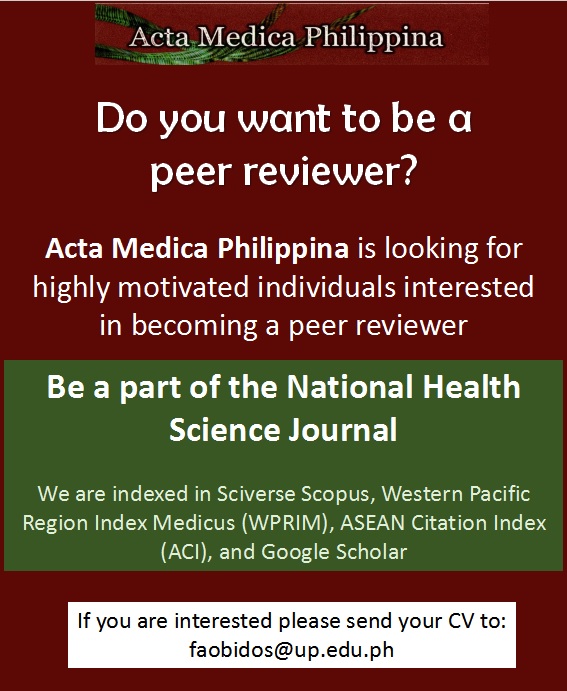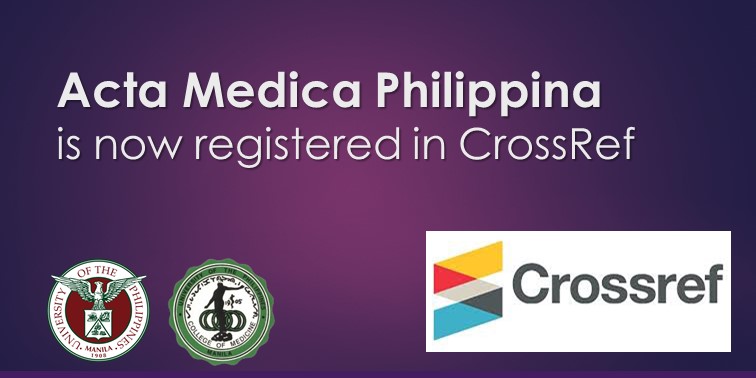Risk Factors Associated with Prolonged Nasopharyngeal Carriage of SARS-CoV-2 and Length of Stay among Patients Admitted to a COVID-19 Referral Center in Manila, Philippines
DOI:
https://doi.org/10.47895/amp.vi0.5764Keywords:
COVID-19, nasopharyngeal carriage, length of stay, inflammatory markersAbstract
Objective. Prolonged nasopharyngeal carriage of SARS-CoV-2 has been linked to prolonged hospital stay and delayed radiologic recovery. To determine if clinical risk factors are associated with prolonged nasopharyngeal carriage or longer hospital stay, we performed a descriptive analysis of 169 moderate to severe COVID-19 patients admitted at the Philippine General Hospital from March to June 2020.
Methods. Length of nasopharyngeal RT-PCR positivity and clinical demographic data were extracted from existing patient records. Chi-square test, Mann-Whitney U test, and regression analysis were performed to describe the association of clinical risk factors with prolonged nasopharyngeal carriage and length of hospital stay.
Results. The median duration of carriage was 19 days (IQR 12.0-30.0 days). No comorbidities or inflammatory
markers had a statistically significant association with prolonged nasopharyngeal carriage defined as >24 days of nasopharyngeal RT-PCR positivity. Characteristics associated with a statistically significant longer hospital stay included chronic kidney disease stages 3-5, severe disease, and use of empiric antibiotics on admission. Prolonged carriage >24 days, hsCRP, and D-dimer at admission, also had a statistically significant but weak correlation with length of stay.
Conclusion. Among patients with moderate disease, comorbidities and inflammatory markers were not associated with prolonged COVID-19 nasopharyngeal carriage. Prolonged nasopharyngeal carriage >24 days was associated with longer hospital stay, while D-dimer and hsCRP levels at admission, also had statistically significant but small effects on increasing the hospital length of stay




.jpg)



